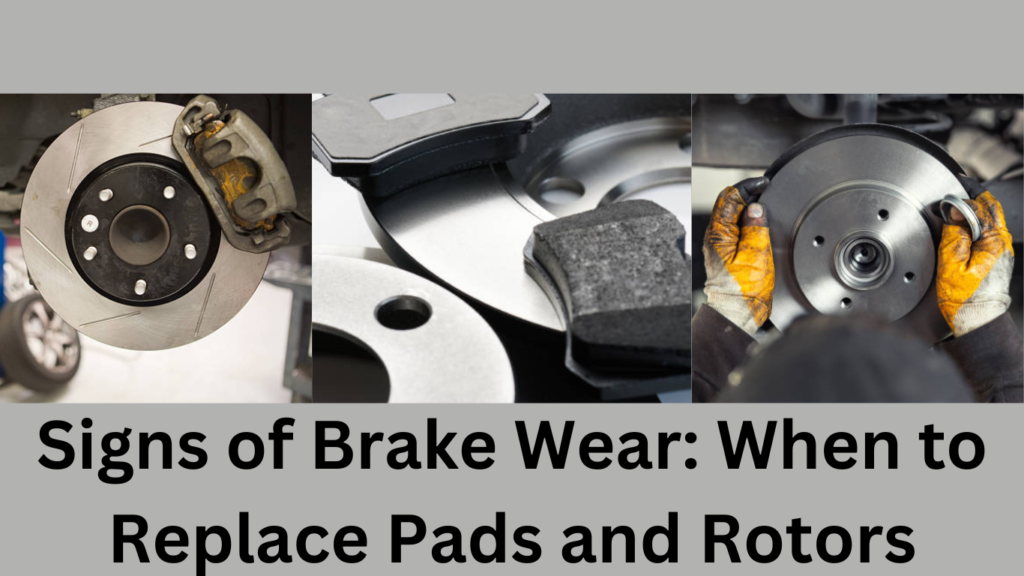If you’re an automotive enthusiast, you know that every detail of your car counts. From the engine’s roar to the curve of the body, every aspect contributes to the overall aesthetics and performance. One often-overlooked detail that can make a significant difference is brake caliper painting. It’s a simple and affordable way to add a pop of color to your brakes and enhance the visual appeal of your vehicle. In this article, we’ll dive into the world of brake caliper painting, exploring why it’s popular among car enthusiasts and how you can do it yourself.
The Art of Brake Caliper Painting
Why Paint Your Brake Calipers?
You might be wondering, “Why should I paint my brake calipers?” Well, here are several compelling reasons:
- Aesthetics: One of the primary reasons car enthusiasts opt for caliper painting is aesthetics. It’s an opportunity to personalize your vehicle and make it stand out from the crowd. Whether you prefer a bold red, a sleek black, or a vibrant blue, caliper paint allows you to express your style.
- Enhanced Visibility: Colored brake calipers are more visible through your wheels. This added visibility can give your car a sportier and more high-performance look.
- Rust Prevention: Painting your brake calipers also serves a practical purpose. The paint acts as a protective barrier, preventing rust and corrosion that can occur in harsh weather conditions.
- Resale Value: While it may not be the deciding factor, a well-maintained and aesthetically pleasing car can fetch a higher resale value when the time comes to part with it.
- DIY Project: Brake caliper painting is a relatively simple DIY project, making it accessible to a wide range of car owners. It doesn’t require extensive mechanical skills, just a steady hand and some patience.
Now that you understand the benefits, let’s delve into the process of painting your brake calipers.
Choosing the Right Paint
Before you start, it’s crucial to select the right paint for the job. Here are a few factors to consider:
- Caliper Paint vs. Regular Paint: Caliper paint is specially formulated to withstand high temperatures, ensuring it won’t peel or blister under the heat generated during braking. Regular paint won’t cut it, so make sure you invest in the right product.
- Color Selection: Choose a color that complements your car’s overall look. Red, yellow, and blue are popular choices, but you can go wild with custom colors if you desire.
- Quality: Invest in high-quality paint and primers. Cheap products may not provide the durability and finish you’re looking for.
Preparing Your Vehicle
Now, let’s walk through the steps to paint your brake calipers. Remember, safety should always be a priority. Here’s a step-by-step guide:
Tools and Materials You’ll Need:
- Jack and jack stands
- Lug wrench
- Brake cleaner
- Wire brush or sandpaper
- Masking tape and newspaper
- Brake caliper paint and primer
- Paintbrushes or a spray gun
Step 1: Lift Your Car
Use a jack to lift your car off the ground and secure it with jack stands. Ensure the vehicle is stable and safe to work on.
Step 2: Remove the Wheels
Use a lug wrench to carefully remove the wheels, exposing the brake calipers. Make sure to store the lug nuts in a safe place.
Step 3: Clean the Calipers
Before painting, clean the brake calipers thoroughly with brake cleaner to remove any dirt, grease, or brake dust. A clean surface will ensure the paint adheres properly.
Step 4: Sand or Wire Brush
If your calipers have any rust or old paint, use a wire brush or sandpaper to remove it. You want a smooth surface for the paint to adhere to.
Step 5: Mask Off the Area
Use masking tape and newspaper to cover the surrounding areas to prevent overspray. This will protect your brake rotor, brake pads, and other nearby components.
Step 6: Apply Primer
Apply a high-temperature primer to the brake calipers. The primer helps the paint adhere better and ensures a long-lasting finish.
Step 7: Paint the Calipers
Now comes the fun part—painting! Apply the caliper paint evenly and in thin coats. You can use a paintbrush or a spray gun, depending on your preference and the product you’ve chosen. Allow each coat to dry before applying the next one. Follow the manufacturer’s instructions for drying times.
Step 8: Reassemble and Test
Once the paint is dry, carefully remove the masking tape and newspaper. Reinstall the wheels, tighten the lug nuts, and lower your car. Before hitting the road, pump your brake pedal a few times to ensure the calipers don’t stick.
Maintaining Your Painted Calipers
Congratulations! You’ve successfully added a pop of color to your brakes. However, your journey with painted calipers doesn’t end there. To keep them looking fresh and vibrant, follow these maintenance tips:
- Regular Cleaning: Clean your painted calipers whenever you wash your car. Use a mild automotive wheel cleaner and a soft brush to remove dirt and brake dust.
- Inspect for Damage: Periodically inspect your calipers for any chips, cracks, or signs of wear. Touch up any damaged areas to prevent further deterioration.
- Avoid Harsh Chemicals: Be cautious when using harsh chemicals or power washers on your calipers, as they can damage the paint.
- Reapply Clear Coat: If you want to maintain a glossy finish, consider applying a clear coat designed for high-temperature applications. This will protect the color and enhance its shine.
Conclusion
Brake caliper painting is a simple yet impactful way to elevate the appearance of your car. It allows you to add a personal touch, enhance visibility, and protect against rust—all while being a manageable DIY project. So, if you’re a car enthusiast looking to make your vehicle truly stand out, grab a paintbrush, select your favorite color, and get ready to give your brakes the attention they deserve. With a little time and effort, you can enjoy the stylish and eye-catching calipers you’ve always wanted. Happy painting!



